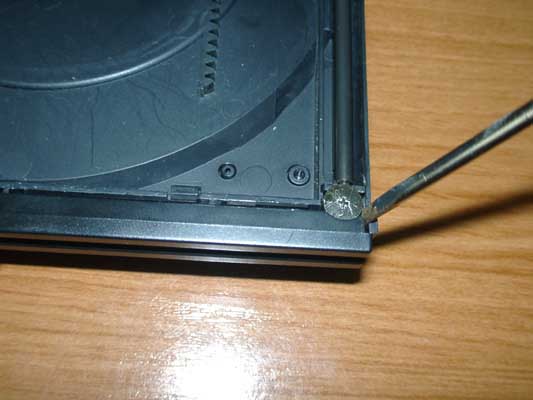

The latter is also used on swap discs for the original PlayStation. They use a tool to open the disc drive tray without the PS2 knowing on "fat" units or using a different tool to push the "flap closed" sensor on slimline units. These swap techniques use a hardware exploit of the PlayStation 2.
Cogswap ps2 tutorial software#
The discovery of this vulnerability in the PS2's software opens up the possibility of running programs created by the PS2 homebrew developer community without the need for a modchip or disc swapping techniques (e.g. Normally, only programs encrypted by Sony, such as the DVD player, will run from the Memory Card. The exploit relies on creating a deliberately incorrect entry inside this file, which triggers a buffer overflow and, combined with a small stub loader located in the file, allows the execution of unencrypted code from the Memory Card upon the insertion of a specific PS1 game. This file is a database of special options to be applied to specific PS1 games for their correct operation.

When a PlayStation (PS1) game is loaded in the PlayStation 2, the console looks for a file called TITLE.DB which, if present, is located in the Memory Card's directory BxDATA-SYSTEM (where x is a letter corresponding to the console's region –e.g.: E for the EU, A for the USA or I for Japan, this directory corresponds to the System Settings save).


 0 kommentar(er)
0 kommentar(er)
